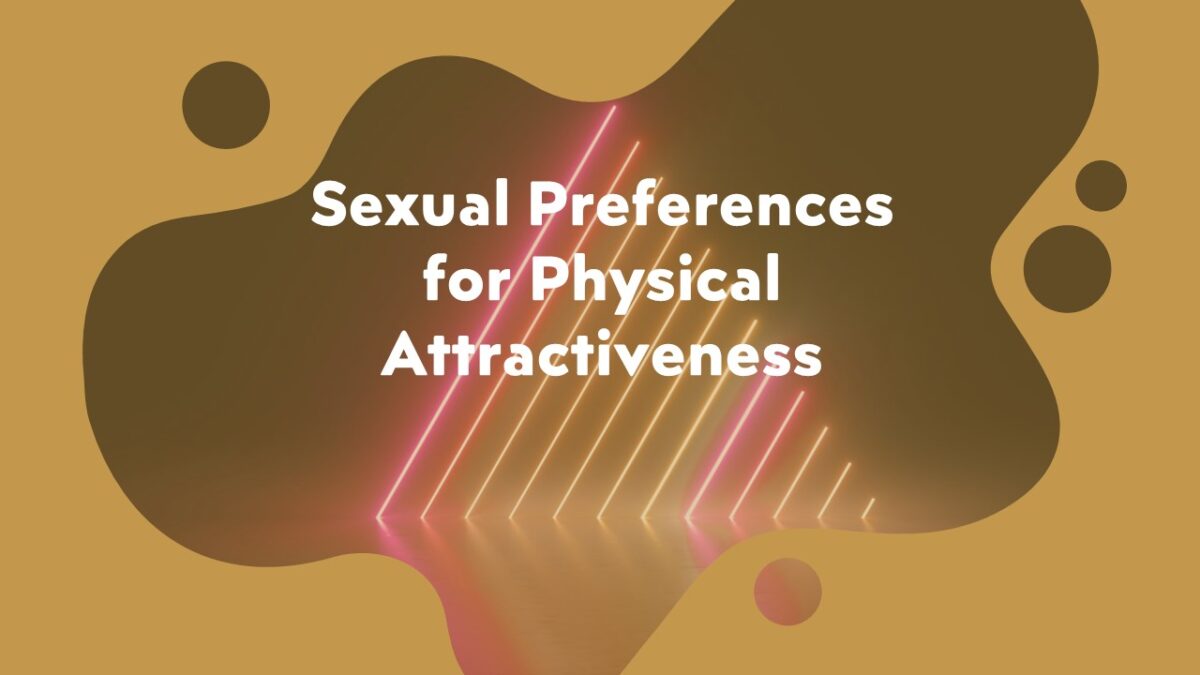To what extent do men and women place different values on different aspects of physical attractiveness when trying to mate?
Evolutionary science gives us important keys for better understanding the mating value of physical attractiveness. However, despite the general universality of evolution, its specific evolutionary principles and mechanisms vary across species and cultures. Many of them refer to sex differences.
Let us consider sexual differences in the value of physical attractiveness in mating.
Why Do Male and Female Animals and Birds Look Different?
Physical appearance helps sexually dimorphic animals and humans select a mate. Many species, including mammals and birds, have their own mate preferences and focus their courtship energy on those favorites (see e.g., Andersson 1994; Fisher, 1998).
When it comes to mating and sexual relations, they are not promiscuous. They are picky and won’t mate with just anyone. They communicate their love and attraction.
“They stroke, kiss, nip, nuzzle, pat, tap, lick, tug, or playfully chase this chosen one. Some sing. Some whinny. Some squeak, croak, or bark. Some dance. Some strut. Some preen. Some chase. Most play”
(Fisher, 2004, p.27).
Males and females differ in appearance and behavior. As I noted elsewhere, in some species, like birds, evolutionary mechanisms tend to beautify males, making their appearance attractive for female mates. They need to be distinctive and attract a potential female for mating. On the other hand, the appearance of females is less appealing among those species. It seems they are on demand anyway (Prum, 2017).
How Women and Men Appreciate their Partners’ Physical Attractiveness: Evolutionary Explanation
People are different in this respect. According to presumed human evolutionary mechanisms, women are more frequently concerned about their appearance and beauty compared to men, who care about this much less (see for review, e.g. Buss, 1994; Feingold, 1990).
These sex differences might be due to human evolutionary roots, which determine the different mating strategies of males and females. Here is an evolutionary interpretation of sex differences in mating. Since women and men have different contributions to the reproduction of offspring, they have different mating strategies and different parental investments (Buss 1989, Trivers, 1972).
Cross-cultural consistencies of these sex differences support such an evolutionary interpretation. Men place a higher value on their female partner’s physical attractiveness in mating relationships. Studies have shown such evidence across many cultural samples worldwide (e.g., Buss, 1989, 1994; Buss et al., 1990; Buss, Shackelford, Kirkpatrick, & Larsen, 2001; Feingold, 1992; Fletcher, Tither, O’Loughlin, Friesen, & Overall, 2004; Langlois et al. 2000; Shackelford, Schmitt, & Buss, 2005; Sugiyama, 2005; Townsend & Wasserman, 1998, see for review, Karandashev, 2022a,).
Here are some cultural examples. In Arab Jordanian society, men prefer young and attractive prospective female mates for long-term relationships. On the other hand, Jordanian women place less value on these characteristics in men when mating (Khallad, 2005).
Another study of Muslims living in the United States found that in their personal advertisements on a matrimonial Web site, women more often described their physical attractiveness compared to men’s self-descriptions. However, these gender differences in preferences for a physically attractive mate are not significant. Nonetheless, men are more interested in their younger and more attractive mates than women are (Badahdah & Tiemann, 2005).
How Men and Women Value their Partners’ Physical Attractiveness: Cultural Explanation
Cultural interpretation of sex differences in the value they place on physical appearance in mating and dating is also possible. These differences might be due to cultural gender stereotypes. Patriarchal cultures, which have been prevalent in many societies for centuries, encouraged men to rely on their wealth as a mating value. So their appearance was of less mating value. On the other hand, women’s cultural roles left them dependent on men for their survival and wealth. Therefore, they could rely largely on their appearance and ability to reproduce.
History, however, has demonstrated much more diversity in gender roles, which did not necessarily follow these cultural patterns. In some societies and social circles, women might play different roles. For example, in many agrarian societies, women’s abilities to cook and work hard were more important than their beauty (Karandashev, 2017).
The current reality of social life across cultures, however, presents a diversity of gender differences and similarities that may go beyond the simple evolutionary explanation. Many modern men love to beautify themselves, while many modern women do not care about this.
